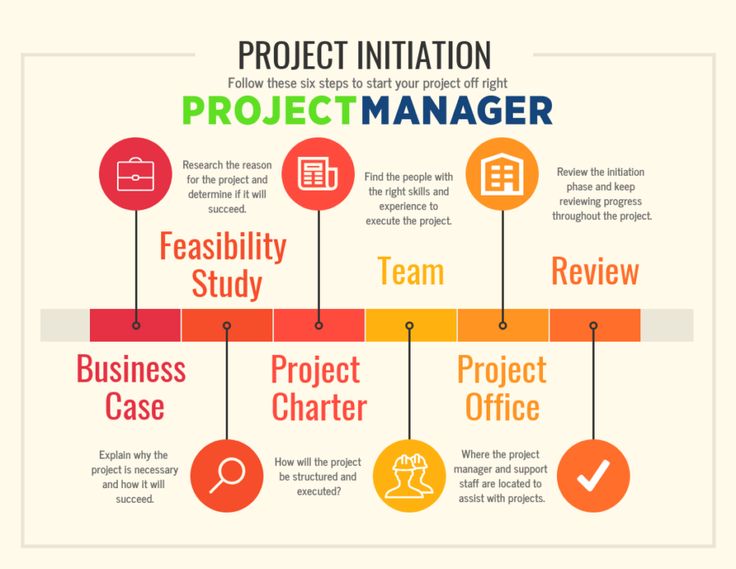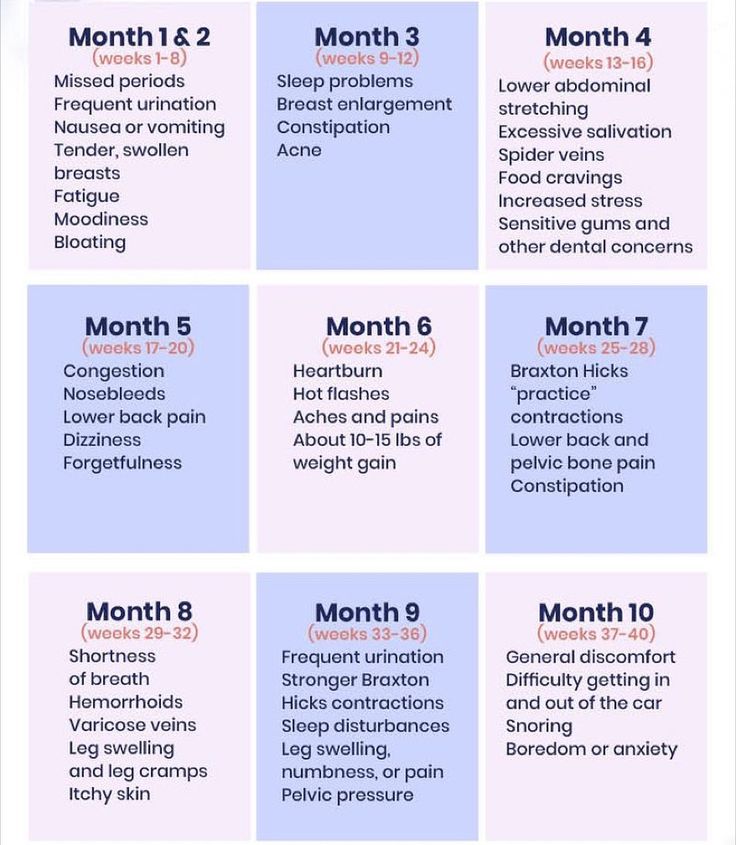How to teach a child 24 hour clock
How to Teach a 24-Hour Clock to Kids
JUSTIN WASH
23 JUL 2018
CLASS
The 24-hour clock is the standard time-telling system in many countries and organizations, including the United States Armed Forces and most South American countries. Thus, teaching 24-hour time activities to kids is a great way to help them understand organization in other parts of the world. However, because of the widespread adoption of the 12-hour a.m./p.m. clock in the United States, many children never learn how to tell time on a 24-hour clock. Provide a worldly alternative to the 12-hour digital clock by teaching kids how to read a 24-hour clock digram.
Explore this article
- Compare and Contrast
- Use a 24-Hour Clock Diagram
- Do Math to Help
- Teach 24-Hour Time Activities
things needed
- 12-hour clock
- 24-hour clock
1 Compare and Contrast
Set two clocks, one a 12-hour digital clock and one a 24-hour clock, to the same time in the morning. Set the clocks next to each other so that they may be compared side by side. This will give children a basic knowledge of what times on the 12-hour clock correspond to the times on a 24-hour clock.
Explain a 24-hour clock as an "extension" on a 12-hour clock, rather than as a completely different system. Explain that when a 12-hour clock reaches 12:59 p.m. and proceeds to 1:00 p.m., the 24-hour clock keeps going to 13:00 and onward.
2 Use a 24-Hour Clock Diagram
Teach kids that an easy-to-remember way to read the clock is that any time past 12:00, say 14:32, on a 24-hour clock, is in the afternoon. Setting up a 24-hour clock diagram that illustrates the passage of time throughout the day can help kids grasp this concept. In teaching 24-hour time activities with the diagram, you can show that the bigger the hour number is on the clock, the later it is in any given day. The exception to this is midnight, which a 24-hour clock indicates as either 00:00 (when describing the start of a new day) or 24:00 (when describing the end of the previous day).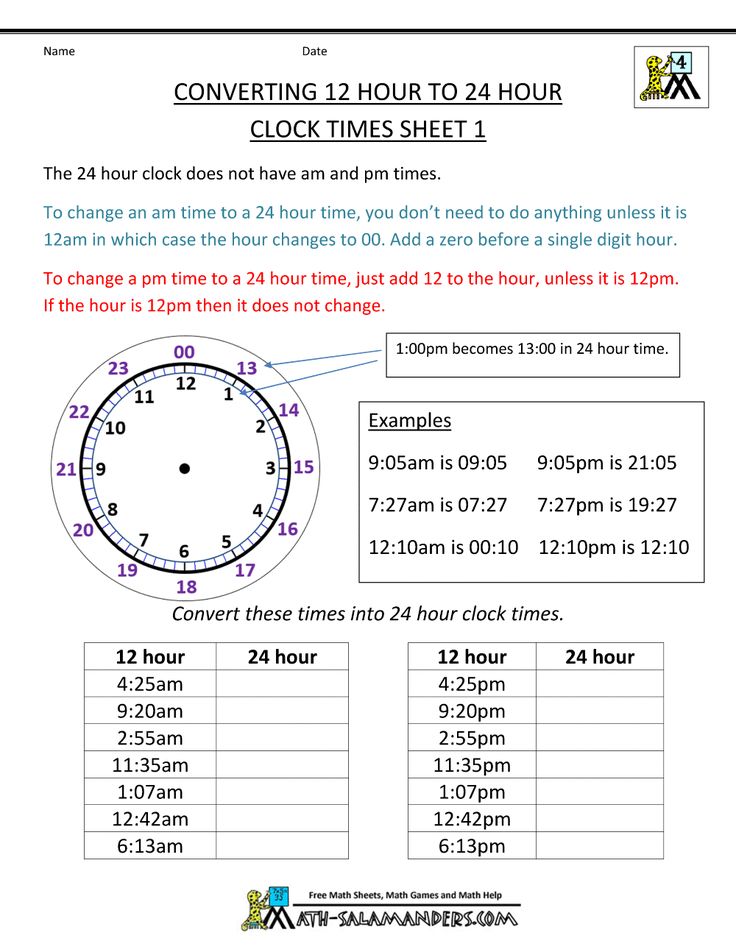 To explain that concept, you can teach kids that the lowest number of all zeroes is the start of a new day and the highest number, 24:00, is the very end of the day.
To explain that concept, you can teach kids that the lowest number of all zeroes is the start of a new day and the highest number, 24:00, is the very end of the day.
3 Do Math to Help
If the children have a basic understanding of addition and subtraction, teach them that they may subtract 12 from the hour of any time past 12:00 p.m. on the 24-hour clock diagram to find its 12-hour digital clock counterpart. For example, 15:34 minus 12 hours is 3:34 p.m. on a digital clock.
4 Teach 24-Hour Time Activities
Make a game out of the two clocks set up side by side. Cover the 12-hour digital clock with a piece of construction paper or fabric and have kids guess the time on the 12-hour clock by only looking at the 24-hour clock beside it. When they have a good grasp of the concept, cover the 24-hour clock and have the children guess its time based on the 12-hour clock.
About the Author
Born and raised in St.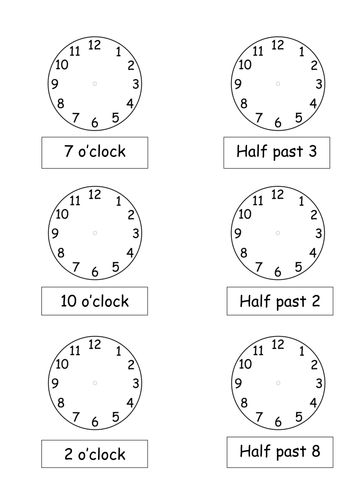 Louis, Mo., Justin Wash began his professional writing career in 2004 with an online freelance copywriting business. Over the years, he has written for a myriad of clients including China-Vasion and The Executives Closet.
Louis, Mo., Justin Wash began his professional writing career in 2004 with an online freelance copywriting business. Over the years, he has written for a myriad of clients including China-Vasion and The Executives Closet.
Related Articles
What Is The 12-Hour And 24-Hour Clock?
This article summarizes what elementary school students will be taught about the 12-hour clock and 24-hour clock and provides some “telling the time” questions for children to practice telling digital and analog time on digital and analog clocks.
This blog is part of our series of blogs designed for teachers, schools and parents supporting home learning.
Fun Math Games and Activities Packs for Grade 5 - Kindergarten
There's something for everyone in this free pack of math games and activities for kindergarten through to 5th grade!
What is the 12-hour clock?
The 12-hour clock is most commonly represented on an analog clock with the numbers 1-12; when shown on a digital clock, it is usually accompanied by a.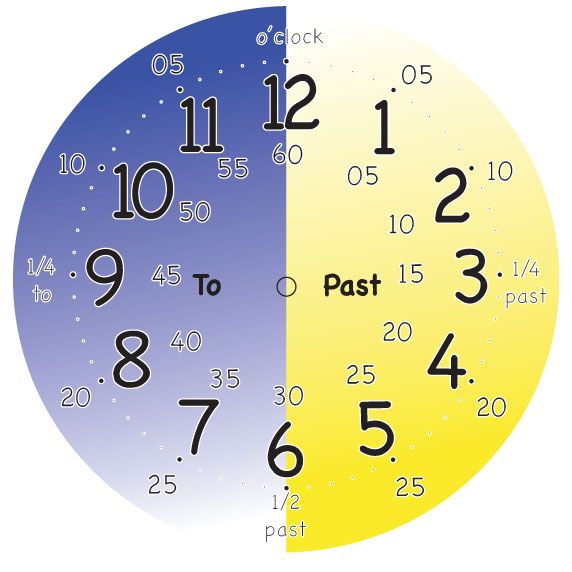 m. (‘ante meridiem’ – Latin for ‘before midday’) or p.m. (‘post meridiem’ – Latin for ‘after midday’).
m. (‘ante meridiem’ – Latin for ‘before midday’) or p.m. (‘post meridiem’ – Latin for ‘after midday’).
What is the 24-hour clock?
The 24-hour clock is more often shown on digital clocks and is written in a 4-digit form, with the first two digits representing the hour and the last two representing the minutes.
There is no need for a.m. or p.m. as each time represents each hour in a 24-hour day. For example, 03:00 = 3rd hour of the day, or 3 am; 14:00 = 14th hour of the day or 2pm; 18:30 = 30 minutes past the 18th hour of the day, or 6:30pm.
How to convert from a 12-hour clock to a 24-hour clock?
To convert from a 12-hour clock to a 24-hour clock, children may be taught to add 12 to the hours after midday, e.g. 3pm becomes 15:00 because 3 + 12 = 15.
| 12-hour clock | 24-hour clock |
| 1am | 01:00 |
| 2am | 02:00 |
| 3am | 03:00 |
| 4am | 04:00 |
| 5am | 05:00 |
| 6am | 06:00 |
| 7am | 07:00 |
| 8am | 08:00 |
| 9am | 09:00 |
| 10am | 10:00 |
| 11am | 11:00 |
| 12pm | 12:00 |
| 1pm | 13:00 |
| 2pm | 14:00 |
| 3pm | 15:00 |
| 4pm | 16:00 |
| 5pm | 17:00 |
| 6pm | 18:00 |
| 7pm | 19:00 |
| 8pm | 20:00 |
| 9pm | 21:00 |
| 10pm | 22:00 |
| 11pm | 23:00 |
| 12am | 00:00 |
When will my child learn about the 12-hour and 24-hour clock in elementary school?12-hour and 24-hour clock in 1st – 4th grades.

1st grade students will learn to tell the time to the hour and half past the hour using analog and digital clocks.
Children’s learning of time is continued into second grade, where they will tell and write the time from analog and digital clocks, to the nearest 5 minutes, using a.m. and p.m.
By the time your child is in 3rd grade, they are expected to tell and write time to the nearest minute and measure time intervals in minutes. They will learn to represent intervals of time by using number lines. This continues into 4th grade.
There are no specific objectives about time in past 4th grade.
How do the 12- and 24-hour clocks relate to other areas of math?
Children are sometimes required to read and interpret timetables (such as timings of a school day, or a bus timetable) which will often use timings either written in the 12- or 24-hour clock.
12-hour clock & 24-hour clock worksheet questions
1.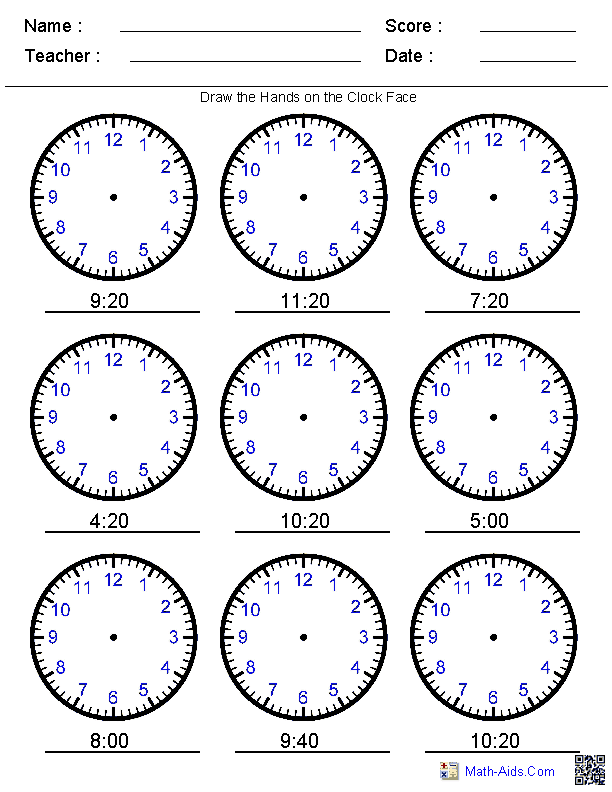 What time does this clock show?
What time does this clock show?
(Answer: 8:30)
2. Lily says: ‘On my clock face, the big hand is on the 4 and the little hand is between the 8 and the 9’. What is the time on Lily’s clock face?
(Answer: 20 past 8)
3. Toby went to study at 7pm. He finished one hour later. What time did he finish? Give your answer using digital 24-hour clock time.
(Answer: 20:00h)
4. These are all times on the same morning.
A: 7:56 am
B: quarter to eight
C: six minutes to eight
D: half past seven
Write the letters for the times in order, starting with the earliest.
(Answer: D, B, C, A)
5. A clock shows this time twice a day.
Tick the two digital clocks that show this time:
A: 03:45
B: 02:45
C: 09:45
D: 21:45
E: 14:45
(Answer: B and E)
What time is 12 pm in 24-hour clock?
12 pm in the 24-hour clock is 12:00.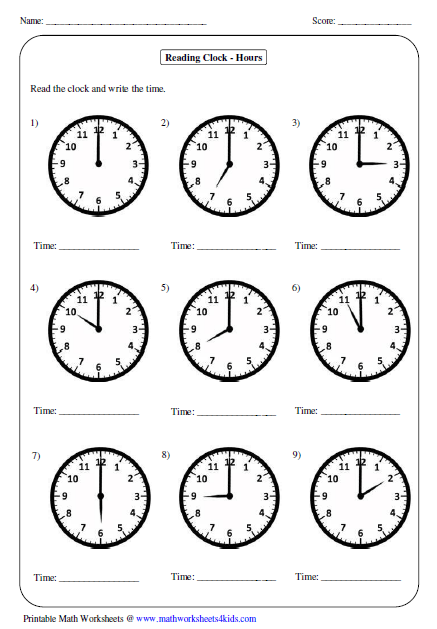
What is the 24-hour clock called?
The 24-hour clock is also called railway/railroad time, military time and continental time.
What is 12-hour clock time?
The 12-hour clock runs from 1am to noon and then from 1pm to midnight. The 24-hour clock runs from 00:00 (midnight) to 23:59.
If your child is struggling then this article on telling the time breaks down step by step a foolproof method for teaching time at the lower elementary grades.
Do you have students who need extra support in math?
Give your fourth and fifth grade students more opportunities to consolidate learning and practice skills through personalized elementary math tutoring with their own dedicated online math tutor.
Each student receives differentiated instruction designed to close their individual learning gaps, and scaffolded learning ensures every student learns at the right pace.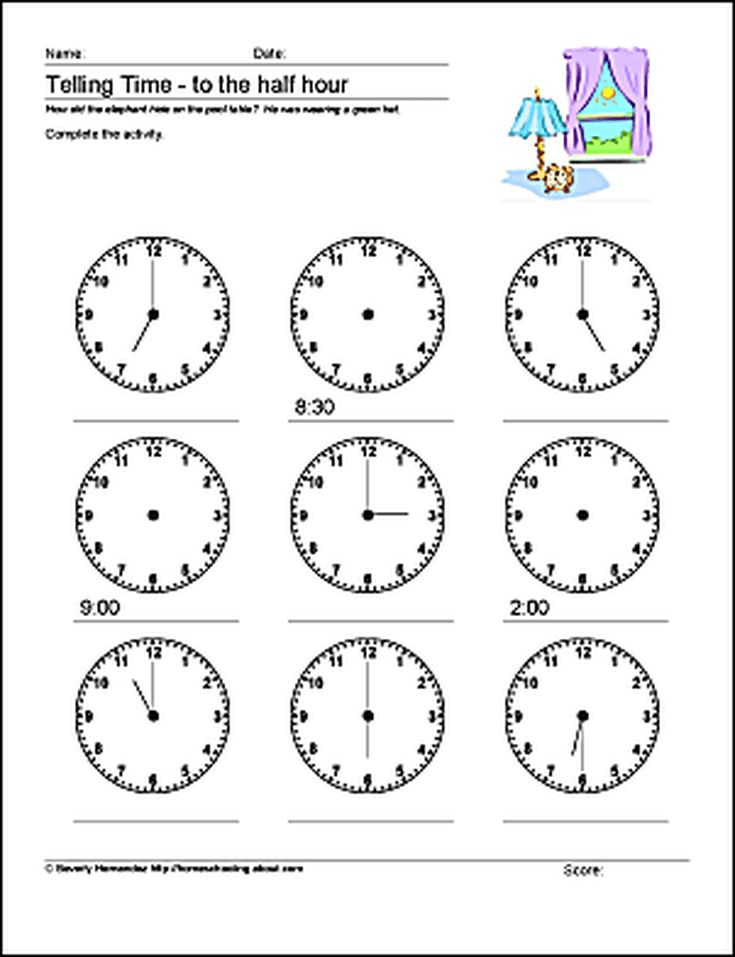 Lessons are aligned with your state’s standards and assessments, plus you’ll receive regular reports every step of the way.
Lessons are aligned with your state’s standards and assessments, plus you’ll receive regular reports every step of the way.
Programs are available for fourth grade and fifth grade, and you can try 6 lessons absolutely free.
The content in this article was originally written by primary school teacher Sophie Barlett and has since been revised and adapted for US schools by elementary math teacher Christi Kulesza
6 tips on how to teach your child to tell the time - and turn this activity into a fun game
Why is half past six 06:30 and not 7? And on an electronic clock, is it generally 18:30? Why does time increase when we fly east? These questions confuse children. We tell you when and how to talk to your child about time - and teach him to be punctual.
When to teach a child to tell the time
A child needs a number of skills to tell the time by the clock:
- be able to count within 30, and preferably 60;
- determine which number is greater and which is less;
- navigate in space, know where the right, left, top, bottom are;
- basicly navigate in time, understand when morning, afternoon, evening and night come.
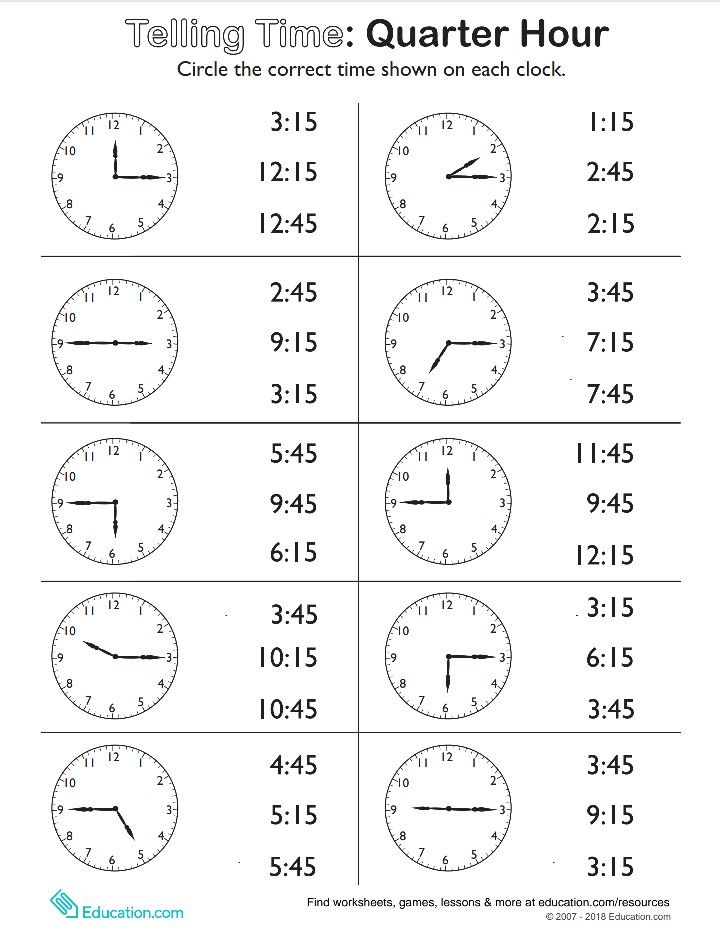
A child usually acquires these skills between the ages of 5 and 7. However, you can begin to introduce the child to the clock in the process of learning these concepts.
How to get started with time
The first steps in the study of time do not have to be connected with numbers. The main thing is to show the child that time is part of our daily life.
For example, pay attention to the child what time it is on the clock at the moment when he wakes up, brushes his teeth, goes to kindergarten or school, returns from there, goes to bed. Ask him to restore the sequence of habitual actions and distribute what is usually done in the morning and what is done in the evening. If the child makes a mistake, gently correct him. Or you can try to confuse him, for example, by asking: “We all have dinner in the morning, right?” The main thing then is to explain what the mistake was.
Photo: Studio.G photography / Shutterstock / Fotodom In a situation where you and your child are late (for example, standing in a traffic jam), calmly explain that usually the journey takes you a certain amount of time, and now - so many minutes more .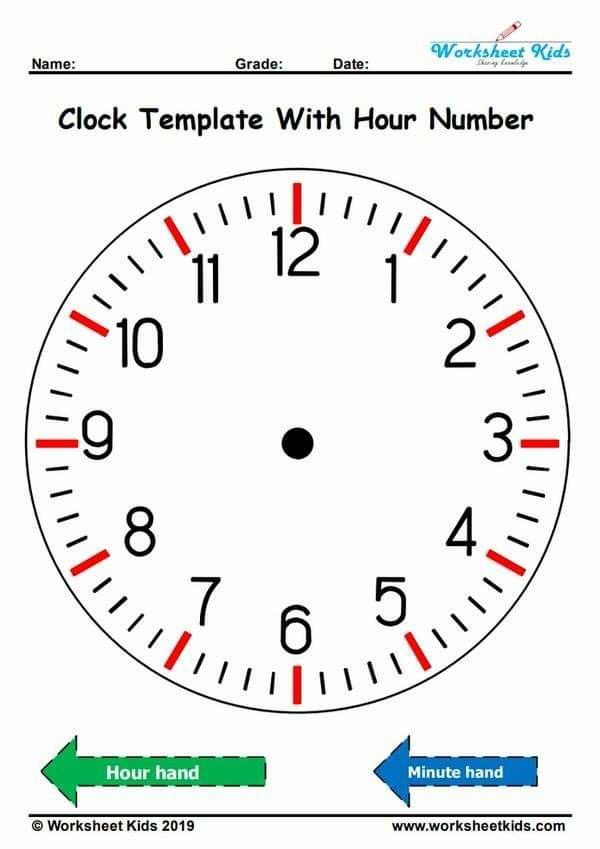 Or indicate that the child has 20 minutes for cartoons: let him mark the time, and you set a timer. So he will gradually feel the importance of time, and he will have the motivation to study it.
Or indicate that the child has 20 minutes for cartoons: let him mark the time, and you set a timer. So he will gradually feel the importance of time, and he will have the motivation to study it.
How to explain to a child what time it is on the clock
When your child has a basic understanding of time, it's time to start teaching him to tell time by the clock. You can study a real clock with hands or make a cardboard model with your own hands. To do this, you need:
- Make a dial - it can be a circle cut out of cardboard, or a disposable plate.
- Put numbers around. To make it even, it is better to draw a vertical and horizontal reference line with a pencil through the center - they will have the numbers 12, 3, 6 and 9. Each quarter of the circle must be divided into three parts and the remaining numbers should be written on their borders.
- Draw and cut out the hands: the hour hand is shorter and the minute hand is longer. They can be made of cardboard of different colors.

- Attach the hands to the center of the dial with a push pin or wire.
The numbers can be designed the way the child likes: cut out of paper, placed on multi-colored figures or molded from plasticine. You can add associations to them, which usually happens to the child at each of the hours: he sleeps, eats, walks.
On the outer circle of the dial (both homemade and real), you can add stickers with the time on the electronic clock - next to the hour it will be 13, with two - 14, and so on. So the child will remember these correspondences over time. You can also add the designations of minutes: 10, 15, 20, 30, 45.
When the clock is ready, it is worth showing the child how the hands will be located in different circumstances: if it is exactly one in the afternoon, half or a quarter to two, fifteen minutes to three. Ask him to memorize the location of the hands and then line them up on his own when you verbally name the time.
On a real watch, you can invite the child to observe which of the hands runs faster - hour or minute, and discuss together why this happens (after all, an hour is 60 times longer than a minute, and when the hour hand made only one circle, the minute hand managed to turn around as many as 60 times ).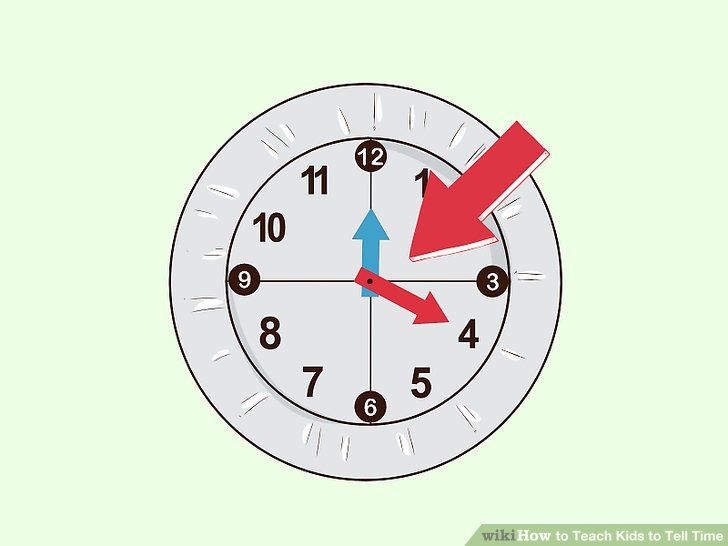
"Time is the first hour" - how to explain it
Adults use time concepts that often only confuse the child. For example, why is half past one 1:30 and not 2:30? Or what does “the first hour has gone” mean - where did he go, why is he the first and what time is it then?
You can solve the problem with the help of a pie or pizza - they need to be cut into two halves and explained: “Let's pretend that you are an hour. This half is yours, and this is half of the other person. You already have a piece: it means you are an hour and a half, 01:30. When you have received your share and at 01:30, the time comes for the second to eat his half - half past one. The same with quarters: the child will get a quarter of a pie or pizza - and a quarter of the second will come.
But the concept of “a quarter to two” cannot be explained in this way
You can just imagine that it's almost two o'clock in the afternoon, but a slice of pizza is missing until the exact time.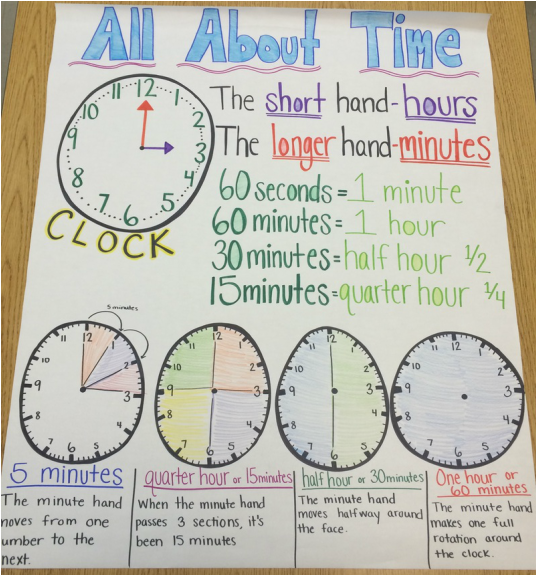 If you close your eyes to this and count "a quarter to a minute", then just two will work out.
If you close your eyes to this and count "a quarter to a minute", then just two will work out.
To reinforce these concepts and not overeat pizza with pies, you can draw circles and hatch them in halves and quarters. Coloring pages will also help you remember five-minute intervals: by analogy with halves and quarters, you can discuss what time it is when adults say “five minutes to three” or “five minutes past seven”.
Concepts like "the first hour has begun" can be represented with the help of a relay race of runners. If the first hour has started, then the clock is a little over 01:00. At a distance of 01:59, he comes to the finish line, then the second hour starts. A child can also draw a runner on the dial - and dream up what will happen if the runner stops (or the clock breaks).
How to teach a child to tell the time using an electronic clock
Pay attention to the child that on a regular watch each digit is repeated twice a day. For example, 12 o'clock happens at noon and midnight, so we distinguish between "2 o'clock in the afternoon" and "2 o'clock in the morning.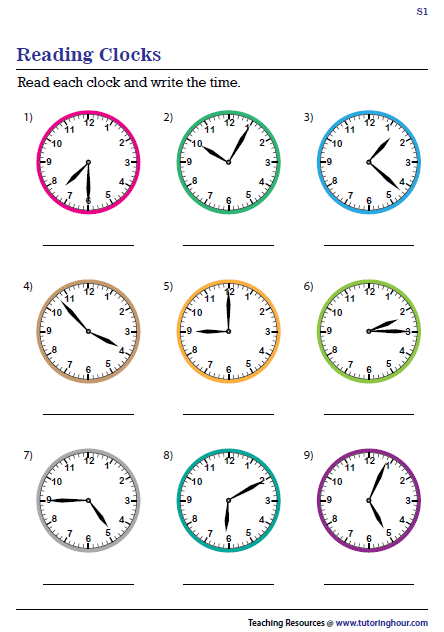 " But on an electronic clock, this is not necessary: each of the 24 hours of the day is taken into account there.
" But on an electronic clock, this is not necessary: each of the 24 hours of the day is taken into account there.
Now you need to count together with the child in a circle of the dial from 1 to 12, and then continue counting from 13 to 24 (do not forget to note that on the electronic clock instead of 24 hours 00:00 is used and the countdown of a new day begins).
Photo: Elizaveta Galitckaia / Shutterstock / FotodomThe resulting figures should be signed on the drawn dial. And to better remember them, we offer a game. You will need dice: one pair will indicate hours, the other - minutes. Let's drop the first pair. Dropped, for example, 1 and 6, which means 16 hours. Now the second pair, on it 4 and 5 - 45 minutes. We draw or show the resulting time on a homemade dial. Happened? And if you compete for time?
What else to tell your child about time
There are many interesting facts about time. With stories about them, you can interest the child, push him to explore the world.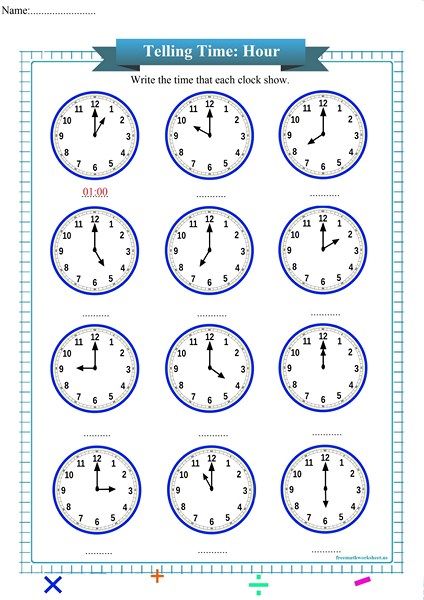 If he asks a "stupid" question, do not rush to brush it off - it is better to share your knowledge or look for the answer together. For example:
If he asks a "stupid" question, do not rush to brush it off - it is better to share your knowledge or look for the answer together. For example:
- Why, when we fly in an airplane to some countries, do we change the time? Because the planet rotates around its axis and the sun in different parts of the Earth rises at slightly different times, so the entire globe is divided into time zones. When we get to another time zone, we need to check what time it is there. And in some countries, they change the clock to adjust to the length of the day, because in winter the day is much shorter than in summer.
- Why are the watches so different: on the arm, on the wall, in the phone? People invented watches a long time ago, and even mechanical watches did not exist back then. They were guided by the sun - there is a sundial even now. There are also hourglasses, water clocks, candle clocks, in which time is determined by the rate at which the candle melts.
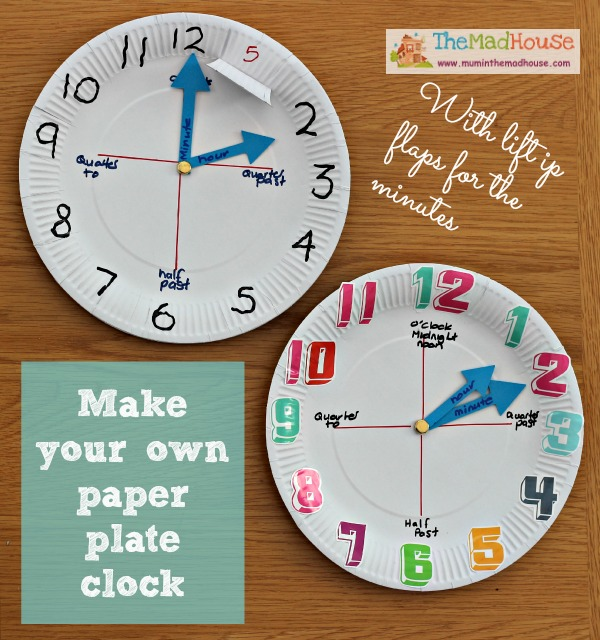 Mechanical watches were invented about 7 centuries ago, and electronic watches were invented not so long ago. Each person uses the watch that is more convenient for him.
Mechanical watches were invented about 7 centuries ago, and electronic watches were invented not so long ago. Each person uses the watch that is more convenient for him. - Why do I sometimes wake up before the alarm goes off? Because inside a person there is an internal biological clock - it is connected with sunlight and natural cycles that run daily. If you develop a mode, the alarm clock may not be needed at all.
When the child is older, you can tell him about the theory of relativity - that time can flow in a completely different way than we are used to. And dream together so that it flows so that no one is ever late!
Cover image: Evgeniia Primavera / Shutterstock / Fotodom
How to teach your child to tell the time with hands
You tell your child you'll be there in 3 minutes and he runs after you crying. The kid does not understand what 3 minutes means. Suddenly you leave for the whole day?
The child went to the first grade, but he gets tired out of habit, cannot organize his time.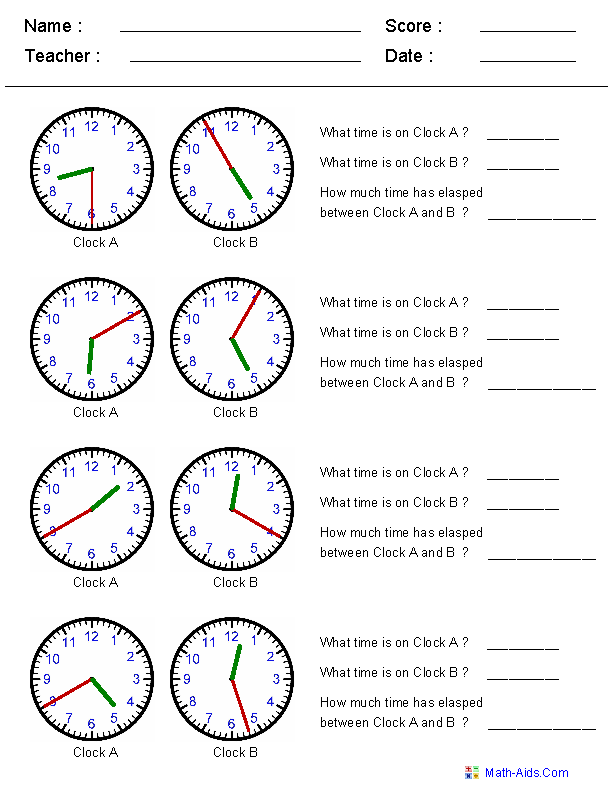 He wants to play, watch cartoons, but he also needs to prepare for classes and go to bed on time.
He wants to play, watch cartoons, but he also needs to prepare for classes and go to bed on time.
If the baby knows that 3 minutes is not such a long time, he can wait.
If a younger student knows how to tell the time, he will be able to organize his day on his own.
So how do you teach a child to tell the time by the clock? Let's give some recommendations.
At what age should a child be taught to tell time?
A child of one and a half years old understands that there are certain time intervals: dad comes home from work in the evening, day turns into night. At 2-3 years old, he begins to perceive "temporary" words: tomorrow, yesterday, today, now, later.
It is possible to start acquaintance with the concept of time when the child knows numbers and two-digit numbers, does not confuse yesterday and tomorrow. As a rule, by the age of 6, children already know and understand these words, so they can move on.
However, all children are different, and it is impossible to say with certainty that it is necessary to master such knowledge at the age of 6. If a four-year-old kid is familiar with numbers and shows interest, start learning.
If a four-year-old kid is familiar with numbers and shows interest, start learning.
Before you start learning
Before learning to tell time with a clock, prepare your child to understand time.
- The first thing a child needs to understand is that time is abstract, so you can't taste, touch or see it.
- Time cannot be stopped. Today is the present, yesterday and a year ago is the past, and what will happen tomorrow and then is the future. Reinforce what was said with facts: “Now we are drawing”, “Look at the photo of what you were 2 years ago”, “Let's go to the park on the weekend”.
- You can play the game it was, it became, for example: first there was a seed, then - a sprout, even later - the sprout will become a tree.
- The next step is to learn the seasons with your child. As a rule, there are no difficulties here, and children quickly remember that it snows in winter, everything blooms in spring, we swim and sunbathe in summer, and in autumn we harvest.
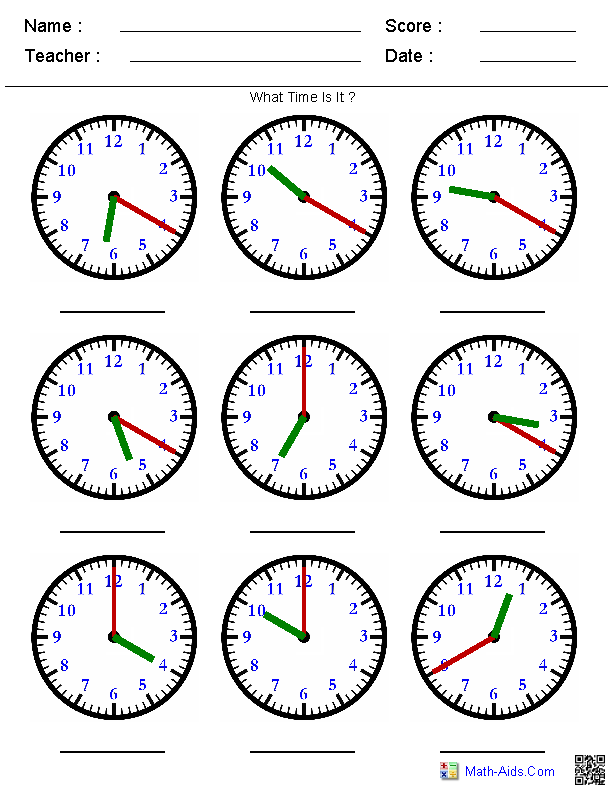 Do not forget to clarify that each season consists of three months, months - of weeks, and weeks - of 7 days.
Do not forget to clarify that each season consists of three months, months - of weeks, and weeks - of 7 days. - We find out that the day consists of morning, afternoon, evening and night. We say there are 24 hours in a day. To remember, arm yourself with educational pictures or associations: in the morning you go to kindergarten, have lunch at 12 noon, return from kindergarten at 6 pm, and so on.
Explaining to a child what time is
Usually, children 2-3 years old do not notice the passage of time at all: they can stop playing or watching a cartoon only if this activity is boring for them, or it is interrupted by their parents. In fact, the time of the child is regulated by an adult.
Older children are able to recognize that some action lasts a long time, or passes quickly.
To make it easier for the child to understand the passage of time, sit him down for 1 minute of “doing nothing”. Ask how he thinks the time went. Also set aside exactly one minute for the ball game and ask how the time went this time.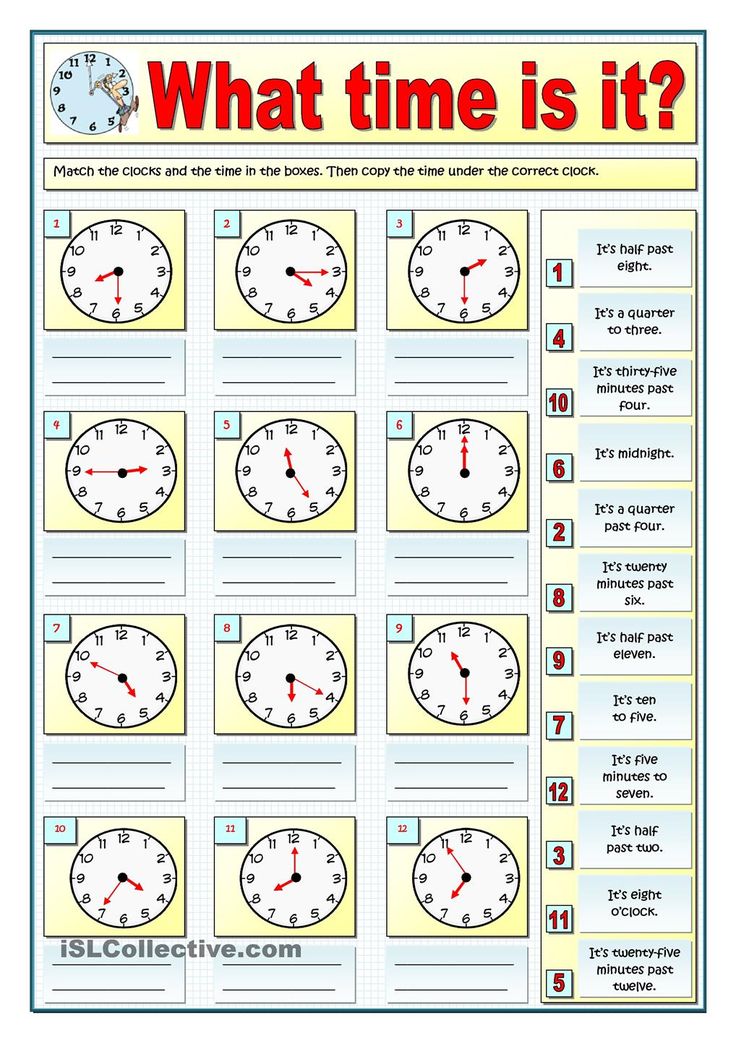 Don't forget to draw an important conclusion: when you are passionate about something, time passes faster.
Don't forget to draw an important conclusion: when you are passionate about something, time passes faster.
An hourglass can be purchased and timed for brushing teeth, getting dressed, etc.
Hang a large wall clock in your child's room. Pay attention to the child that he usually goes to bed at 9 pm, wakes up at 7 am, and his favorite cartoon starts at 19.00.
Teaching a child to tell the time by the clock with hands
When the child has an idea of what time is, you can move on to the next level — tell the time by the clock.
1. First, we form the concept of a dial. Be sure to consider what numbers are present, name them and remember how they are written.
2. Note the types of hands and say that a wide and short hand is needed to determine the hour, and a long and thin hand is needed for minutes. Add that there is also a second hand (one second is the time it takes the baby to clap his hands).
3. Determine in which direction the arrows are moving; along the way, explain the concepts of "clockwise" and "counterclockwise".
4. First, we learn to determine only the hours on the dial, without minutes. To do this, look at what number the small arrow points to. We bring this skill to automatism. For clarity, you can not only call what time it is, but also draw to use visual memory.
5. The next step is to get to know the minute hand. Tell your child about the similarities between the hour and minute hands (both start at 12) and the differences (the minute hand is much faster: for the hour hand to move an hour, the minute hand needs to run around the dial 60 times).
7. Explain that one division on a clock equals one minute. You will also need to memorize multiples of 5 (5, 10, 15…60). The child will remember faster if you say that these are numbers ending in 0 and 5.
8. Using the layout, we explain where the minute hand should be when the time is 09:15, 09:30, 09:45. Do not forget to tell us what half an hour, a quarter of an hour is, and consolidate the knowledge gained with the help of a layout.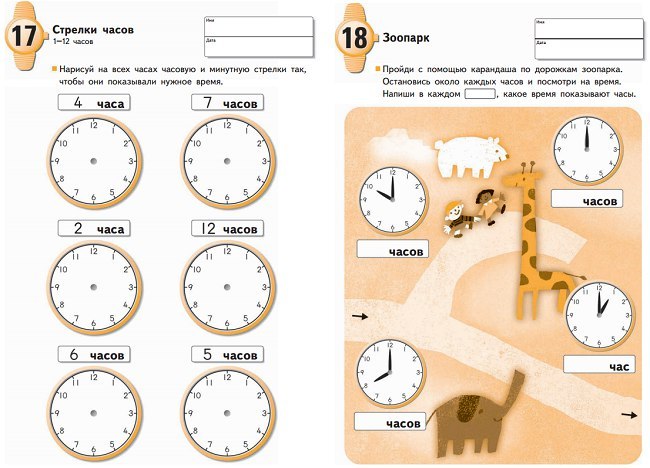
DIY clock making
To practice the acquired skills, we need a model of a watch. For these purposes, you can use the dial of an old unnecessary watch. It is enough to remove the glass so that you can turn the arrows by hand. But you can make a watch yourself.
- You will need a plastic plate or a circle made of cardboard - the basis of future watches.
- From colored cardboard, make 2 hands: a small one for hours and a long one for minutes.
- We draw the base in half vertically and horizontally, designate the first numbers. We divide the resulting quarters into three more parts and add the missing numbers.
- We attach the arrows to the base using a button. Your layout is ready!
Tip: Make this mock-up with your child. Entrust him with the manufacture of arrows, writing numbers. Speak and comment on your actions, repeating the material along the way.
Games and tasks with a clock to consolidate the result
Do not forget to use time frames in everyday life, for example: "Let's wash ourselves in five minutes" or "Turn on the TV in 10 minutes.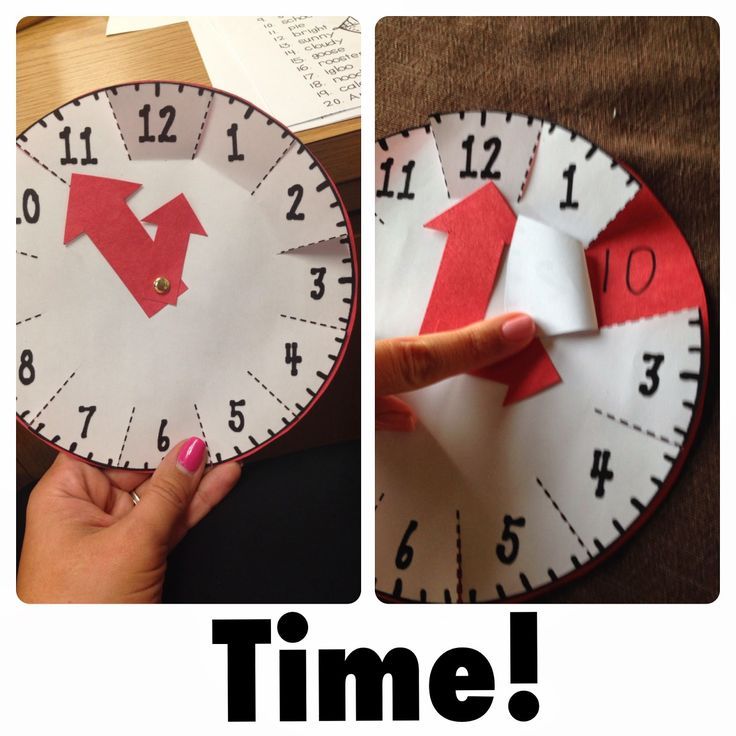 " Buy a watch for your child, and let the family often ask the baby what time it is.
" Buy a watch for your child, and let the family often ask the baby what time it is.
And to make the consolidation of the material fun and accessible for the baby, play with it.
Psychic . Take a clock layout and cover the numbers indicated by the arrows with a sheet of paper. The task of the child is to remember the location of the numbers on the dial and determine the time.
Timing. An adult tells a child's favorite fairy tale, but with temporary additions. For example, at 23:59 Cinderella ran out of the palace. The task of the child is to show 23:59 on the clock layout.
"Daytime" . Try to make with a preschooler his daily routine for tomorrow. Illustrate and indicate time periods.
Find a Pair . We will need an A4 sheet with a drawn clock and small pieces of paper on which time intervals will be written (for example, 02:50 or a quarter to twelve). The child will need to find a matching pair.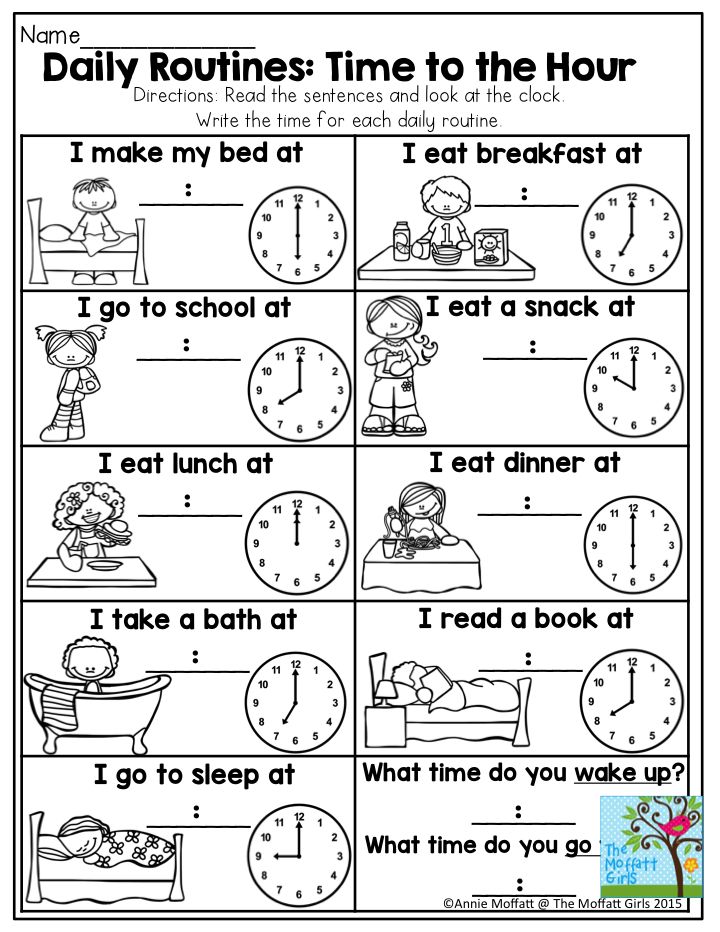
Poems about time for children
In teaching children, and especially preschoolers, not only games and tasks, but also poems can be used. Rhyming lines are well remembered and help the baby cope with difficulties.
Clock
They say the clock is standing.
They say the clock is fast.
They say: the clock is running,
But they are a little behind.
Mishka and I watched together,
But the clock is hanging in place.
(V. Orlov)
From morning to night
Accustom yourself to order,
Remember to exercise in the morning.
Be persistent and bold during the day,
To do many things.
The evening began to come,
You decide what to play.
The night will come - go to bed:
Dog on the rug, you are in bed.
